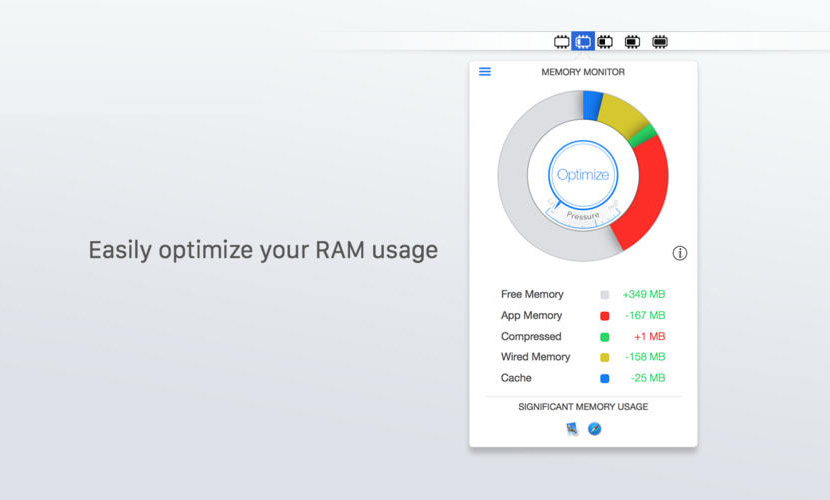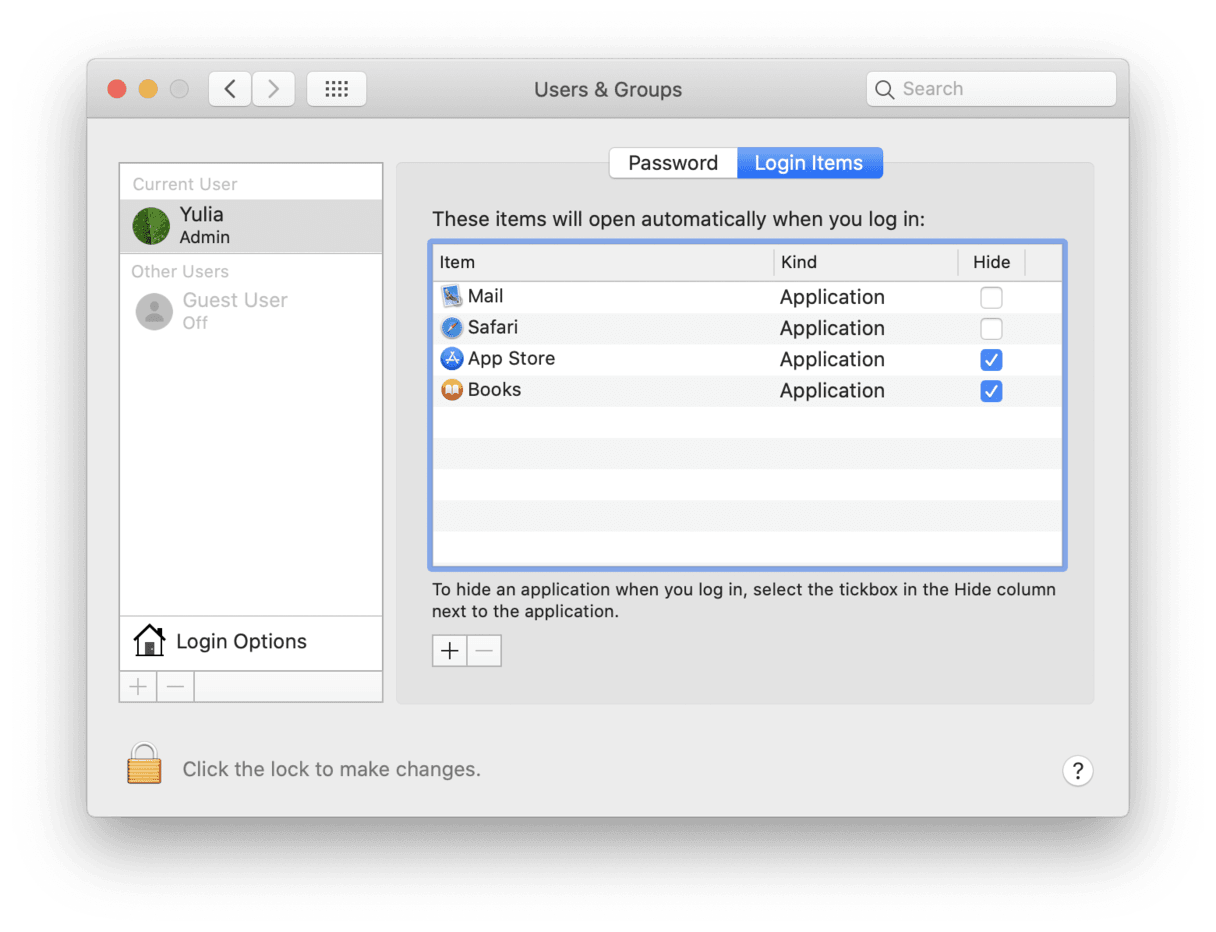In today’s era of multi-terabyte hard drives and online storage, many of us don’t keep as close an eye on our disk usage as we used to. Still, even the largest drives fill up eventually. If you don’t know how to check your disk space use on your Mac, here’s where to look.
- Mac Os X Swap Free Memory
- Apple Macbook Memory Upgrade
- Free Memory Mac Os X Download
- Free Memory Mac Os X 10 11
Mac Os X Swap Free Memory
Options 1 and 2: From the Finder
The Finder gives you a couple ways to see how much free disk space you have. These are the easiest ways.
Jul 22, 2021 If you like to free up hard disk storage on your Mac, take a look at the rest of the article. Here I will explain to you the best ways to clean up your Mac OS and Mac OS X. Check How Much Free Storage You Have. Before we jump to the first trick for freeing up disk memory, let’s check how much free storage you have.
Preview your storage device. In macOS, if you select and item in the Finder and press the spacebar on your keyboard, you get a preview of the item. For example, if you select a text document and then press the spacebar, you can see what’s in the document without actually opening it.
There are times that when your Mac can slow down as more stuff is running in your system and your RAM is cluttering up. When you find Mac RAM is filling up due to increased workload on the OS X then the time for a Mac memory clean tool. By using MAC Memory Clean Apps, you can get free up inactive memory for other tasks. Maximum memory in Mac OS X read. You can set the maximum memory alternatively with the free application Mactracker from the Mac App Store read. Under the tab 'Memory/Graphics' you can find the 'Maximum RAM'. How to Mac OS X hidden files and folders visible can make, you will learn in this practical tip. Memory Clean Mac free download - Apple Mac OS X Snow Leopard, Clean Ram, MacBooster, and many more programs.
You can use preview to check your storage device’s capacity. Here’s how.
1. Select the storage device on the Desktop. (To make your storage device appear on your Desktop, go to the Finder and select Finder > Preferences, click on General, and modify the setting for Show these items on the Desktop.) Or open a Finder window, look in the left column, under the Devices heading, and select the storage device.
2. Press the spacebar. You should see a window open that shows the capacity of your storage device and the available space.
3. To close the window, press spacebar again, or press Command-W, or click on the close-window icon (the circle X) in the upper left.

Finder window status bar. If you would like to have an overview of your free disk space at all times from the Finder, you can turn on the Finder’s status bar.
/001-understanding-compressed-memory-os-x-2260327-f3fc233df7f4497eb7dbc03b1e6b6df6.jpg)
1. Open a Finder window if you don’t have one open already (click the Finder’s Dock icon or go to File > New Finder Window).
2. Open the View menu and select Show status bar. This will show you how many items are in the current folder, and if you’re viewing a folder on your hard drive (such as your Applications or Documents folder), you’ll also get a readout of your hard drive’s free space.
Options 3: Get Info
1. Find your hard drive in the Finder and select it. If it appears in the Finder window sidebar or on the Desktop (it doesn’t by default—go to Finder > Preferences to change that), click your hard drive’s icon in either of those spots. If your hard drive icon doesn’t appear there, go to Go > Computer, then click the hard drive icon under Devices.
2. Click the File menu, and select Get Info, or press Comand-I on your keyboard.
The Info window shows the capacity, available space, and used space, as well as other information.
Option 4: About This Mac
In recent versions of macOS (Yosemite or later), you can easily check your disk usage from the About box.
1. Open the Apple menu, then select About This Mac.
2. Click the Storage tab in the toolbar to see how much disk space you have available. (On OS X Mountain Lion or Mavericks, click the More info button, then click Storage.)
You also get a simplified overview of what sort of files are eating up your storage space.
Option 5: From Disk Utility
You can also view your free disk space from your Mac’s Disk Utility app. Open Spotlight by clicking the magnifying glass in the upper-right corner of the screen, then type Disk Utility in the search box that appears. Once Disk Utility comes up in the list and is highlighted, press the Enter key. Disk Utility is also found in Applications > Utilities.
Once Disk Utility opens, select your hard drive’s name from the list. You can see your drive’s capacity, its available space, its used space, and other info. You can also check the free space for any drive you have connected to your Mac from this window, be it a USB flash drive or external hard drive.
Apple Macbook Memory Upgrade


Activity Monitor User Guide
Mac Os 10.7 Download Free
Mac Os X 10.11 Download
You can see the amount of system memory being used on your Mac.
In the Activity Monitor app on your Mac, click Memory (or use the Touch Bar) to see the following in the bottom of the window:
Memory Pressure: Graphically represents how efficiently your memory is serving your processing needs.
Memory pressure is determined by the amount of free memory, swap rate, wired memory, and file cached memory.
Physical Memory: The amount of RAM installed.
Memory Used: The amount of RAM being used. To the right, you can see where the memory is allocated.
App Memory: The amount of memory being used by apps.
Wired Memory: Memory required by the system to operate. This memory can’t be cached and must stay in RAM, so it’s not available to other apps.
Compressed: The amount of memory that has been compressed to make more RAM available.
When your computer approaches its maximum memory capacity, inactive apps in memory are compressed, making more memory available to active apps. Look in the Compressed Mem column for each app to see the amount of memory being compressed for that app.
Cached Files: The size of files cached by the system into unused memory to improve performance.
Until this memory is overwritten, it remains cached, so it can help improve performance when you reopen the app.
Swap Used: The amount of space being used on your startup disk to swap unused files to and from RAM.
To display more columns, choose View > Columns, then choose the columns you want to show.
Stock app for macbook. Mac OS X 10.6.6 or later (Mac OS X 10.6.8 is recommended). 7 GB of available space. Airdrop is supported on the following Mac models:MacBook Pro (late 2008 or newer), MacBook Air (late 2010 or newer), MacBook (late 2008 or newer), iMac (early 2009 or newer), Mac Mini (mid-2010 or newer), Mac Pro (early 2009 with AirPort Extreme card and mid. A library of over 125,000 free and free-to-try software applications for Mac OS. Straightforward app that integrates itself into the OS X status bar to give you quick access and control over your Mac's energy saver settings. AIDA64 Extreme by FinalWire Ltd. Is a system profiler that helps you to get an overview about hardware details on your PC. After some searching, it has been found that no version of AIDA64 Extreme for Mac is available, therefore other applications have to be used for hardware info and benchmarking. Free Memory Cleaner For Mac Os X 7 Keyshia Cole The Way It Is Torrent Download Secure Mac Data Erasure Software Super Eraser For Mac Download Futari Wa Pretty Cure Max Heart. Best Memory Clean Software for Mac OS X (10.11 El Capitan) CleanMyMac 3 has a wide range of users throughout the whole world. The performance and the quality of.
You can use Activity Monitor to determine if your Mac could use more RAM.
Free Memory Mac Os X Download

Free Memory Mac Os X 10 11
I have Macbook Pro running Mac OS X Leopard (10.5) with 4GB RAM. I use some applications (Parallels for Windows (1GB RAM), Firefox, mail, freemind, iTunes, Finder, Terminal and that's it), and I can observe that after some time memory is completely full and system's performance decreases.